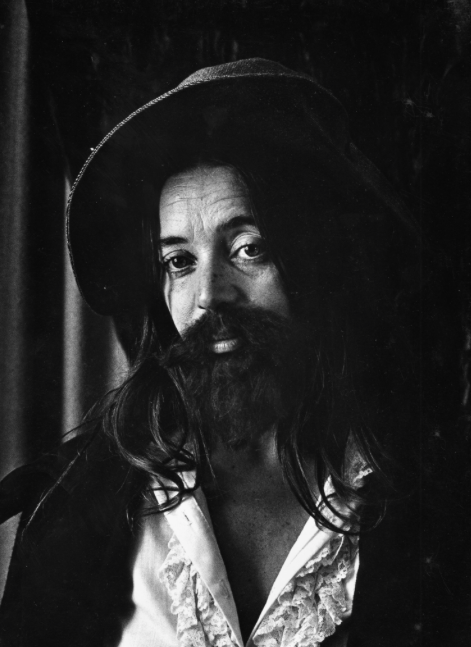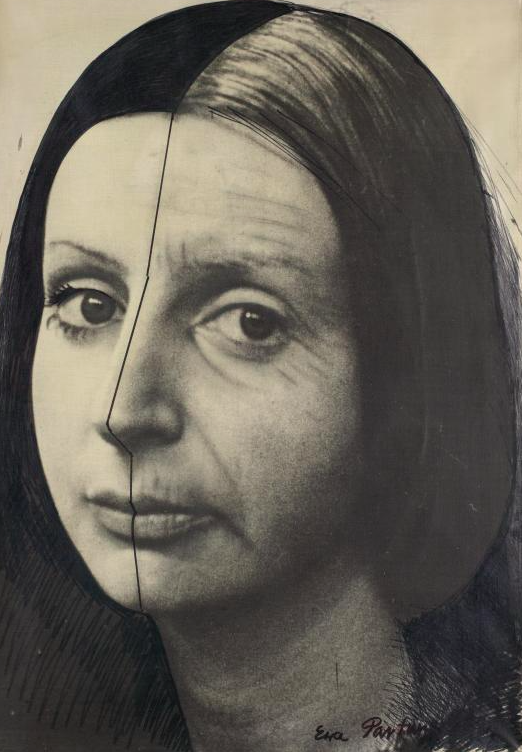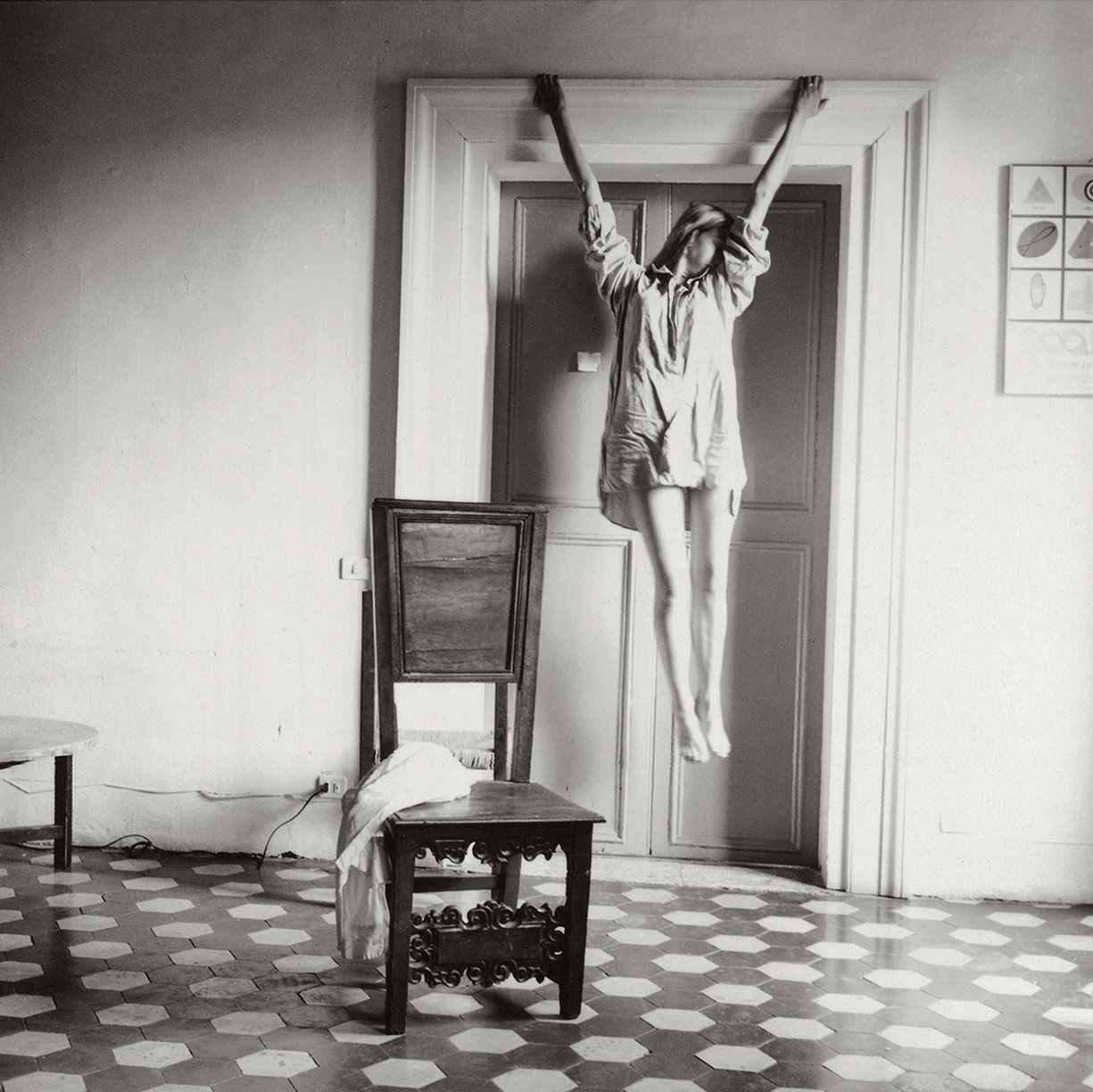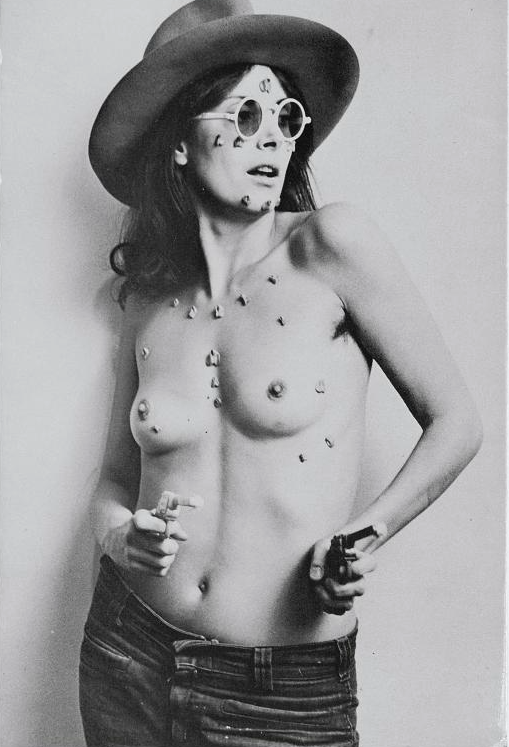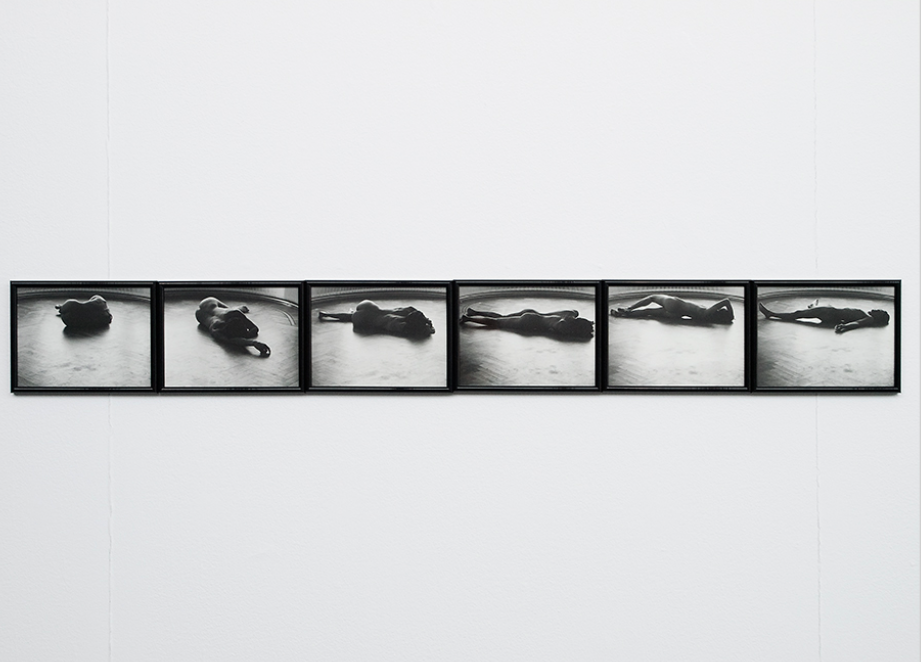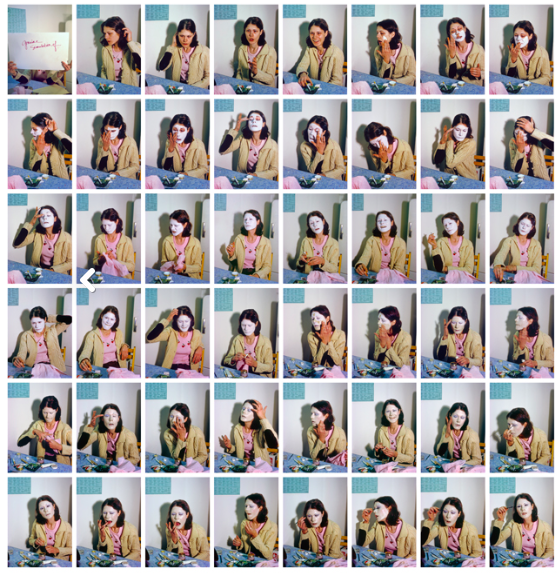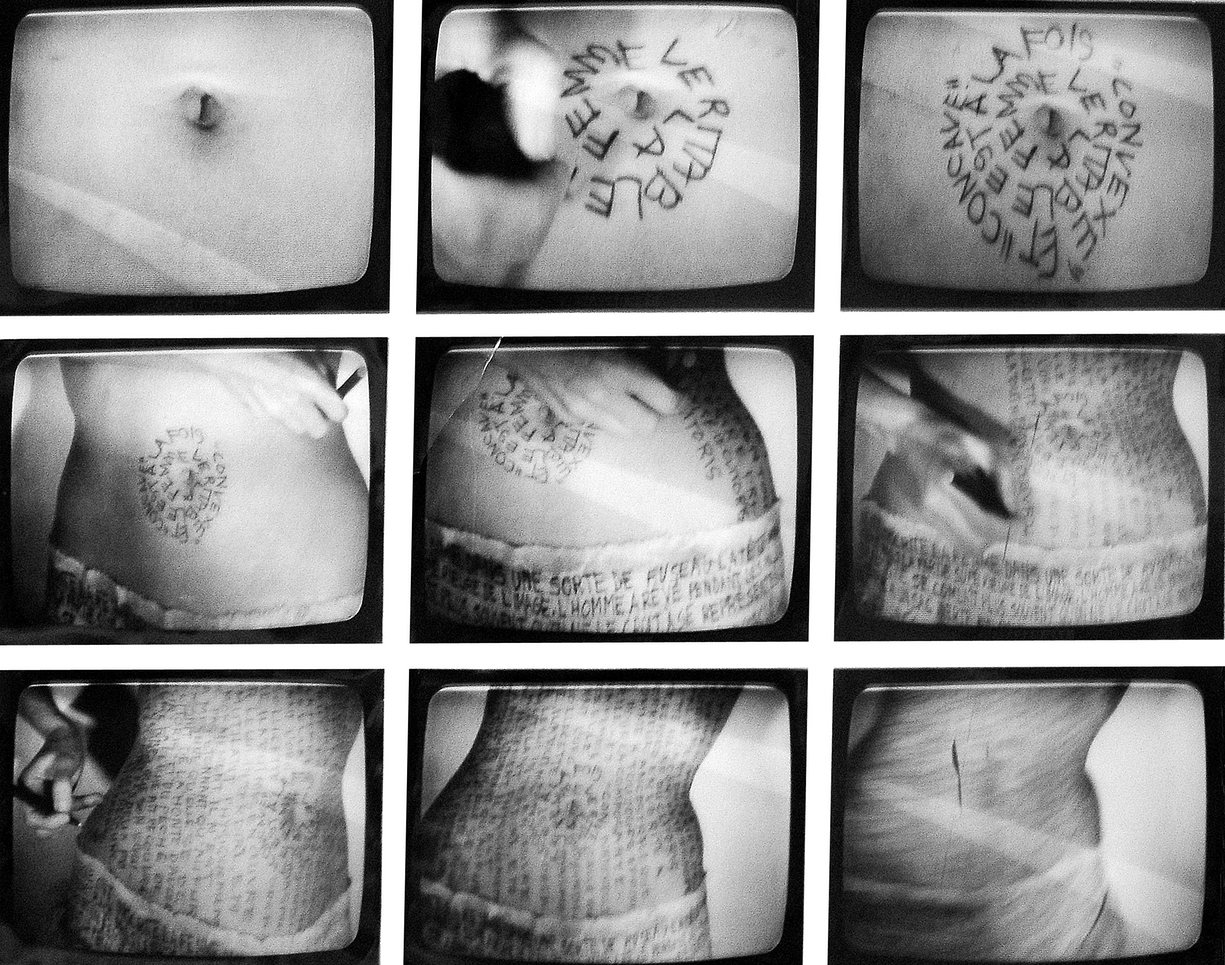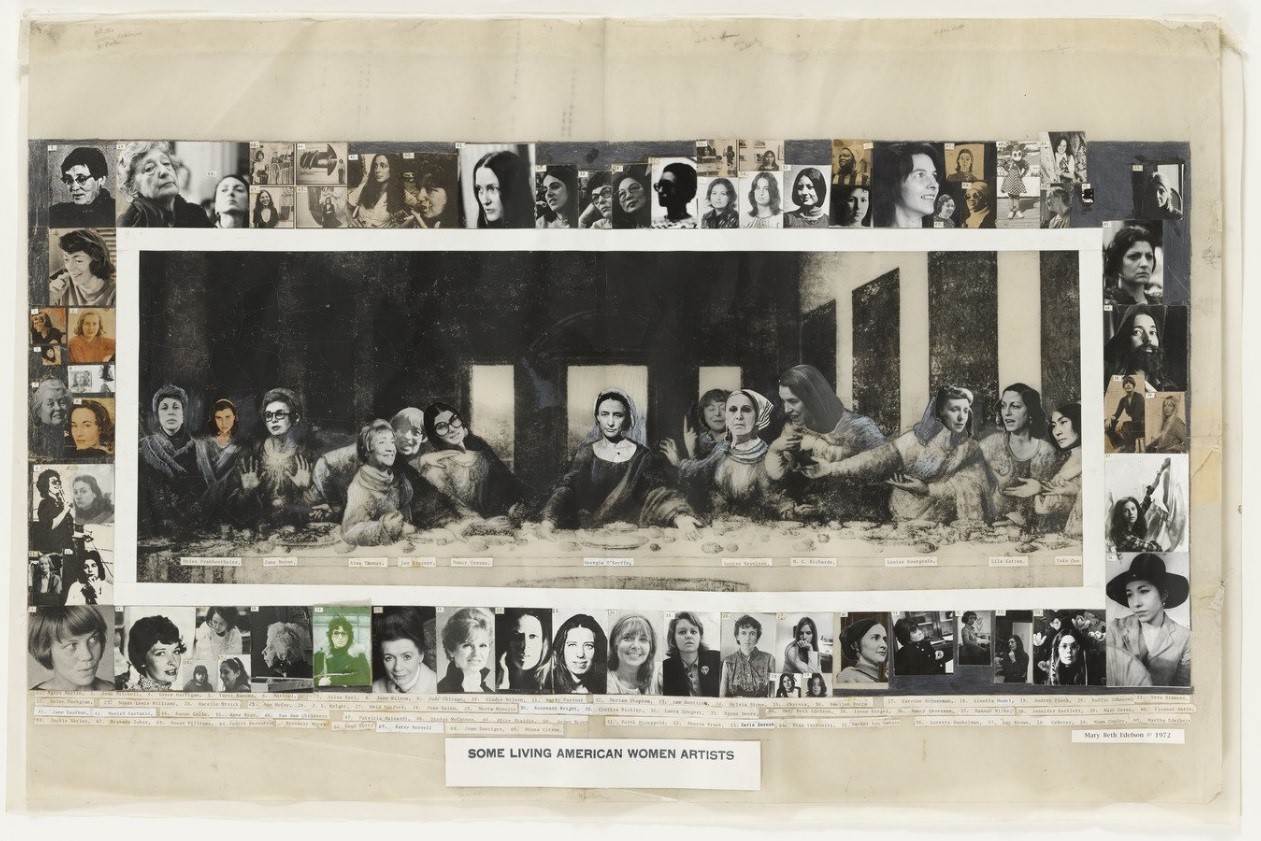The Feminist Avant-Guard of the 2010s
By Frances Crossley
The ‘Feminist Avant-Garde of the 1970s’ is an exhibition currently on view at The Photographers Gallery, London (16-18 Ramillies St – Soho) and it is an exhibition of immeasurable importance.
The vast array of mixed-media works included in the exhibition – photography, collage, film, installation works and even performance pieces – are demonstrative of the way in which this pivotal moment in history transformed art as a discipline, as it was dramatically experimented upon and radicalised to fit the socio-political climate. The exhibition consists of over 150 major works by a total of 48 different international female and feminist artists and this figure to me is staggering – a huge number of women artists that far too often fall precariously into dangerous territory, the territory of the unknown.
These works are sourced from the SAMMLUNG VERBUND Collection, a collection founded in Vienna in 2004 by VERBUND (Austria’s leading producers of electricity from hydropower). The collection is known to specialise in avant-garde and conceptual art. The exhibition was co-curated by Gabriele Schor (founding director of the SAMMLUNG VERBUND Collection) and Anna Dannemann (Curator at The Photographer’s Gallery). Gabriela herself coined the term ‘Feminist Avant-Garde’, a term she created to highlight the pioneering achievements of these artists.
The exhibition is divided into four, more focused areas of concentrated content: ‘Domestic Agenda’, ‘In My Skin: Normative Beauty and the Limits of the Body’, ‘The Seductive Body: Sexuality and Objectification’ and ‘Alter Ego: Masquerade, Parody and Self-Representation.’ Delving into the four chapters of the exhibition, each with their own established contextual parameters; you instantly realise that the radical and provocative investigation these women artists undertook in their work is perpetual importance, it is just as relevant today. There was this moment, caught on the cusp between two decades (climaxing in the 1960s and early 1970s) where the social and political climate surrounding these women dictated the shape of their art and the feminist art movement as a whole. Whether they were motivated by the patriarchy of society during this period that fed into their practise – that predominantly celebrated an exclusively male canon of artists – or by the protests that raged around their day-to-day life – protests that related to emancipation, gender equality, civil rights and the Vietnam war – this political change and upheaval was a strong part of their public discourse.
The first work that you are confronted with as you enter the exhibition space (on the second floor) is Mary Beth Edelson’s ‘Some Living American Women Artists/Last Supper’ (1972) a large piece in the classical style of historical or religious genre paintings, and a direct parody of the fifteenth century mural by da Vinci (‘L'Ultima Cena’, 1495-98). This work is exemplary of the radical engagement these women artists were making, opposing their work directly against the canonisation of male ‘art history’. By utilising the bodies of her contemporaries as the central motif in her work – artists such as Louise Nevelson, Georgia O’Keefe, Louise Bourgeois and Lee Krasner – Edelson traverses the public and private realms and this parody becomes a means of further provocative engagement – she questions the feminine identities of these artists, the gender roles that are assumed for them and the sexual politics they must oppose through new modes of artistic expression.
‘L'Ultima Cena’ is identical in both composition and subject matter. The mural painting created by Leonardo da Vinci centuries before is not only woven intricately into the narrative of art history but it is one the fabric’s key elements; it is an art historical masterpiece. A masterpiece that Edelson has reworked to fit her own political agenda, the monumentality of the scene manipulated as the artist attempts to overwrite the male-dominated history of art. ‘Some Living American Women Artists/Last Supper’ in turn, is one of the best known-documents of the women artists’ movements. A work of great power and iconographic richness, it infuses the multiple histories of art with the current political climate that contemporary feminism opposed. Edelson uses several mediums including cut and pasted print, typewritten print and crayon. It is evidence of the great craftsmanship these women developed, not only did Edelson employ several mediums such as photography and photo-collage into her practise but she was known for as a performance artist. Strong religious motifs were also undertaken by other female artists such as Judy Chicago, who produced her own version of the Last Supper, ‘The Dinner Party’ (1974-79), Chicago’s work is also featured in the exhibition.
However, the importance of this exhibition lies in the rediscovery of these women and their art. Where many of the artists are well-known, such as Cindy Sherman, Francesca Woodman, Hannah Wilke and of course Valie Export, the monumentality of the work on display is, as mentioned previously, staggering. What is even more shocking, however, is how little we know about the women behind them. The entire exhibition is a necessary display of the agenda these women cultivated. Their strong creation of one-up-womanship defied the patriarchal order in place and though these works no longer possess the same weight or produce the same hostile reaction in their viewer as they once did, they retain a certain level of danger – a danger that a whole new generation of women need to comprehend, in a 21st century climate where womanhood has taken over an entirely new meaning.
“I have consciously chosen, in effect, to quote my own method of work from forty years previously in order to create a meta-level commentary about the failure of our political class to learn anything from history. Today, we have new wars of choice that are being waged with the old mindset” (Martha Rosler, 2013)
‘Feminist Avant-Garde of the 1970s’ is on display at The Photographer Gallery until 29th January 2017
The Photographer’s Gallery also has its own fantastically, informative blog that adds another layer of knowledge onto the experience of their exhibitions. Highly recommended! https://thephotographersgalleryblog.org.uk
Please find their website and Instagram account below for more information:
Website: http://thephotographersgallery.org.uk/feminist-avant-garde-of-the-1970s
Instagram account: @thephotographersgallery


